Time To Meet And Greet (Page One)

|
Page 1 - Pre-Dinner Visiting
Page 2 - Who Was Here Tonight? Page 3 - Serious Dancing Gets Underway Page 4 - Comic View Of The Evening |

|

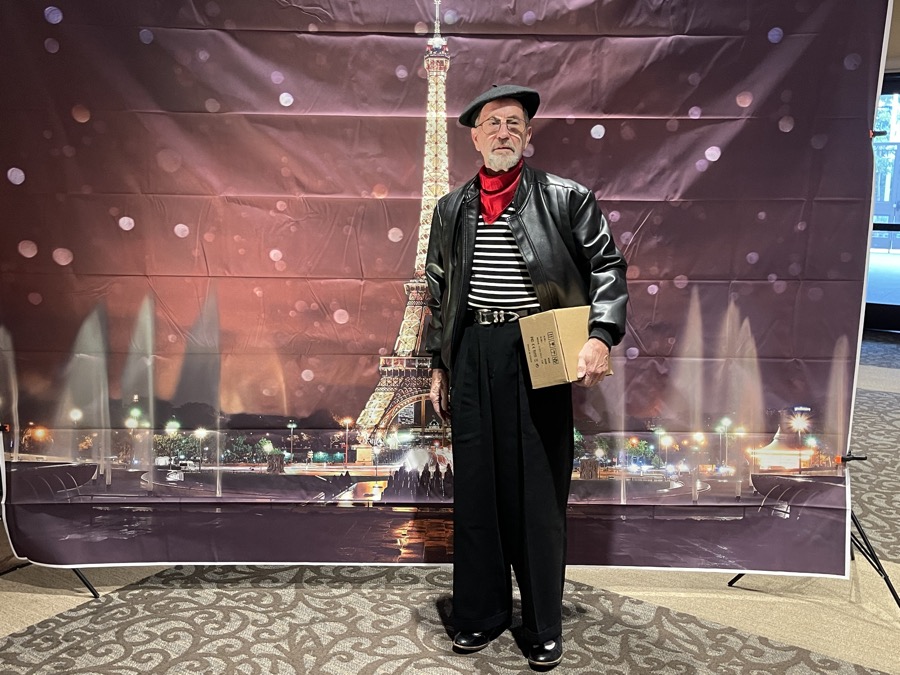
Checking out the background

The tables are now set up thanks to several volunteers!
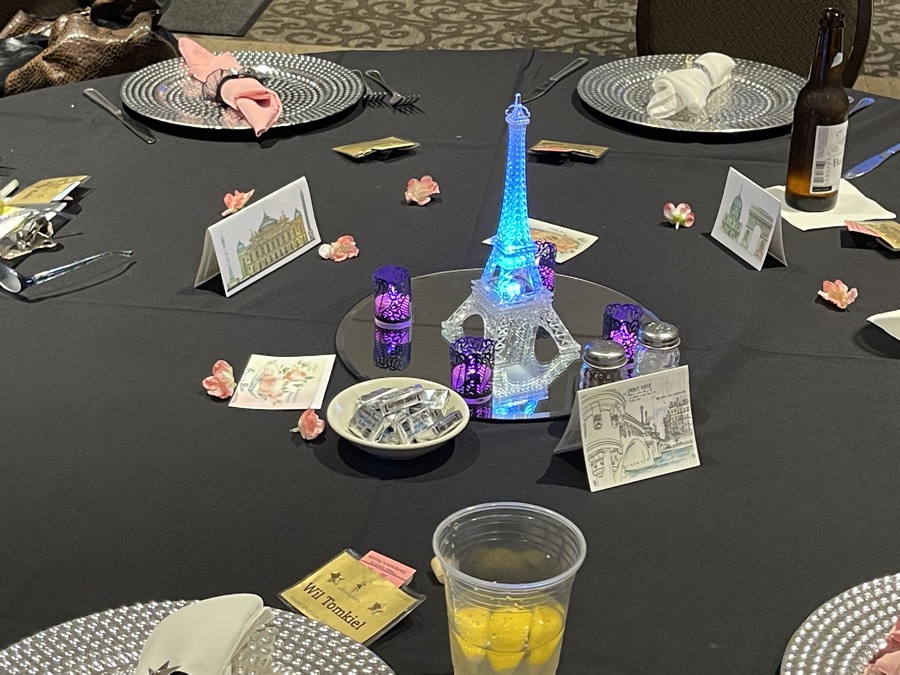
The Eifel Tower is ready to receive guests
Did You Know? Radio saved the Eiffel Tower from destruction.
Since Eiffel footed 80 percent of the tower's construction costs, he was permitted to have the structure stand for 20 years in order to recoup his investment before it passed into the hands of the Parisian government, which planned to disassemble it for scrap metal. Seeking a way to prove the structure's strategic utility in a bid to save it, Eiffel erected an antenna atop the tower and financed experiments with wireless telegraphy that began in 1898.
The value of the tower in sending and receiving wireless messages, particularly for the French military, caused the city to renew Eiffel's concession when it expired in 1909.
Today, more than 100 antennae on the tower beam radio and television broadcasts around the world.
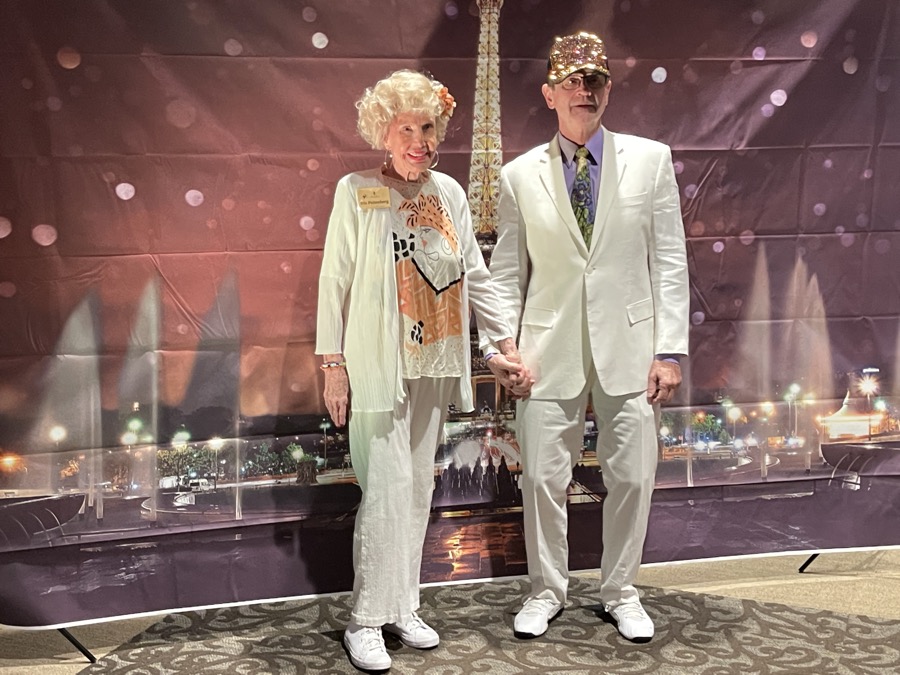
Iris and Will helped decorate the Elks Lodge for our evening in PAris.

The welcome desk had a distinct Parisian flavor.

Ah, the ladies of the Moulin Rouge
Did You Know? With its huge dance floor and spectacular decor, the original Moulin Rouge was extravagant and attracted the bourgeois from all over Paris. Sadly, it was ravaged by a fire in 1915. The auditorium and ballroom were completely destroyed, leaving only the façade and part of the stage standing. However, it was rebuilt in identical form in 1921, as grandiose as when it first began.
Designed by Adolphe Léon Willette, Le Moulin Rouge was the first electric building in Paris. Its colorful, electrically powered facade illuminated the entire Place Blanche to welcome patrons to late-night shows – an image that became a Paris landmark forever.

"I should have worn by Can Can Costume!

There were costume accessories for the pictures .

Bererts in many colors
Did You Know? The Beret Was a Symbol of French Resistance to the Nazi Regime
When the Nazi army occupied France during World War II, the hat became a symbol of France's autonomy and freedom. The French Resistance movement, the Maquis, adopted the beret as their signature hat because of this symbolism and because the hat was common enough not to arouse too much suspicion.
It was the French Army that first used the beret. The Chasseurs Alpins, an elite mountain infantry unit, first wore the beret in the late 19th century. The British army later adopted it after observing the French use them in the First World War.
Foldable, simple, cheap to produce, and tightly fitting, these attributes made it ideal for the soldier. Today, the beret is worn by numerous official military regimes and United Nations peacekeeping forces, each with their color to signify their alliances. Within the United States Army, different colors signify different rankings and associations
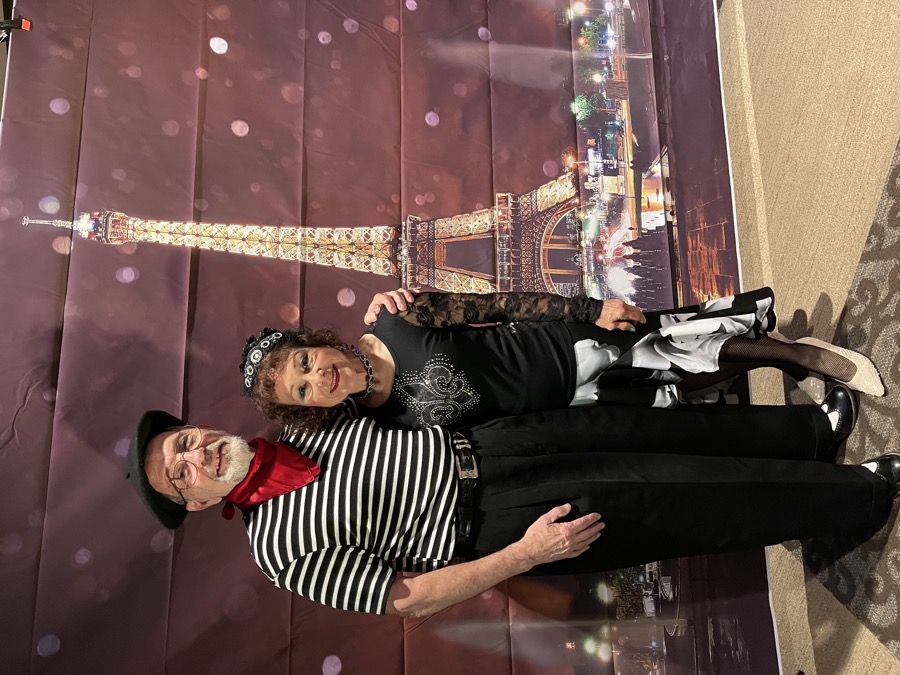
Checking out the lighting
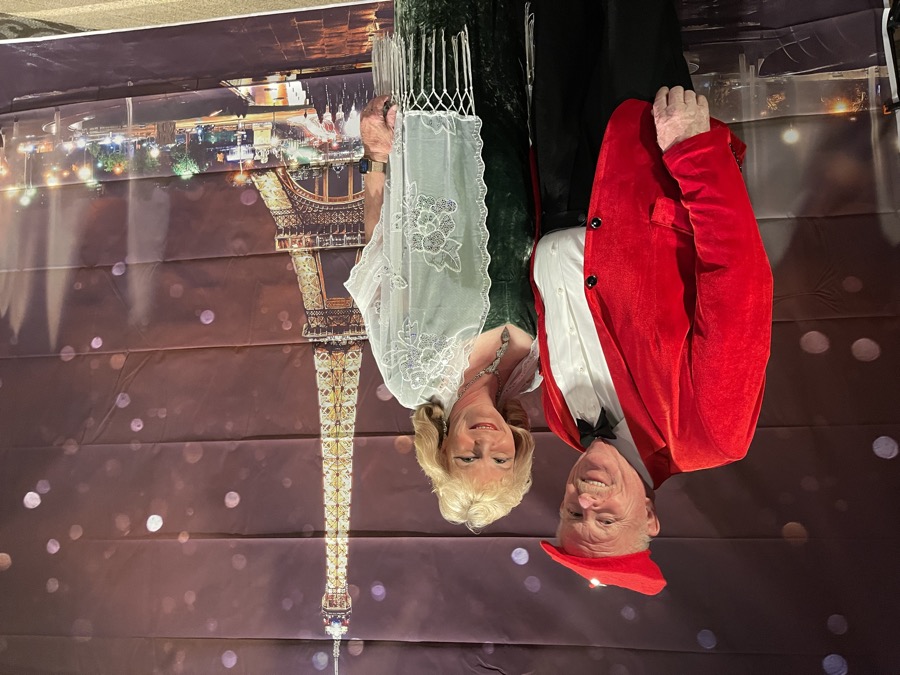
Love In Paris!
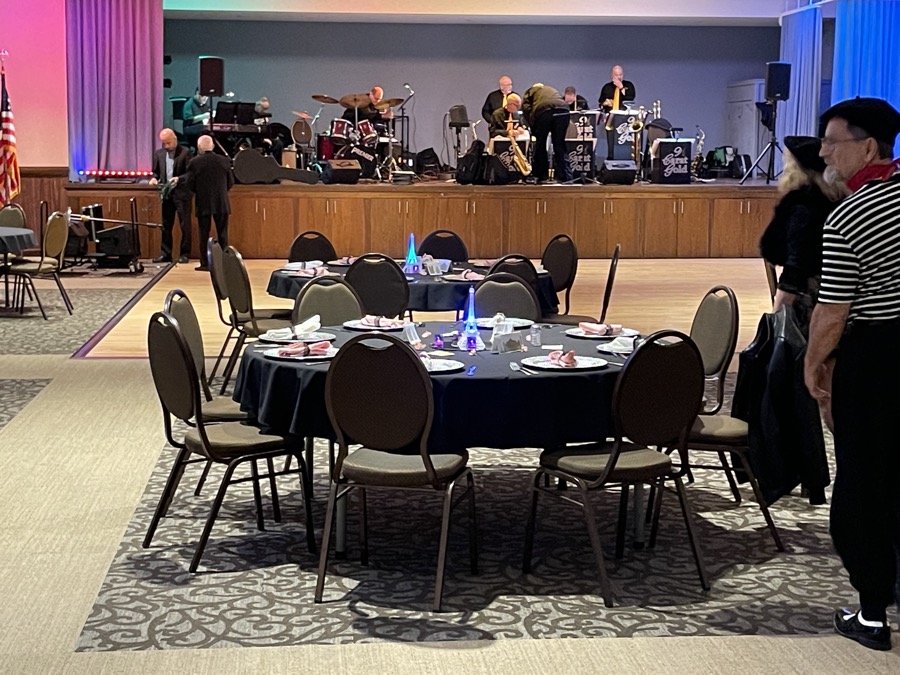
We are open for business!
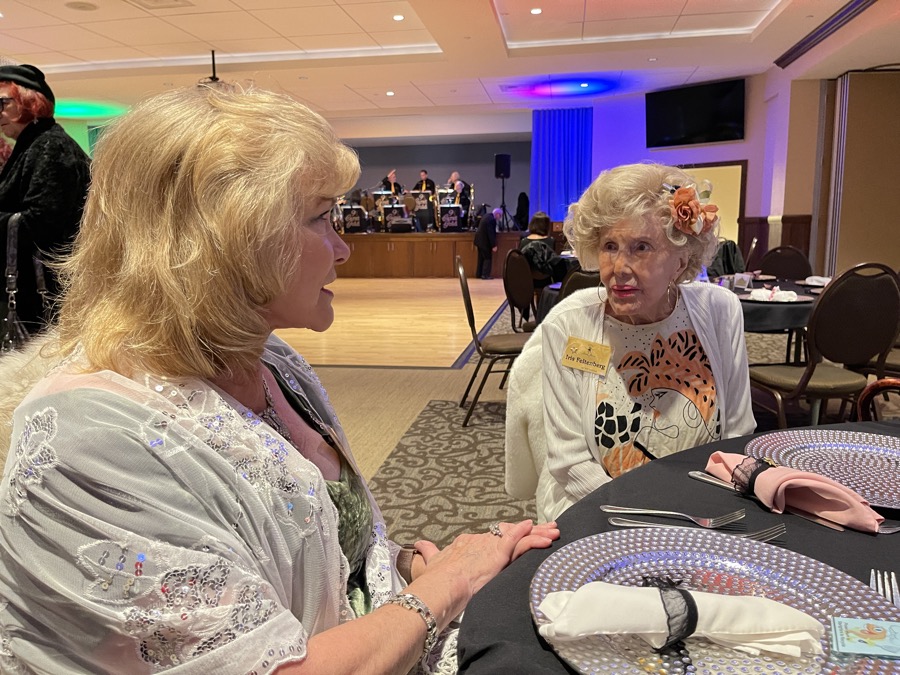
Catcing up

The room begin to fill, we are expecting sixty-six tonight!
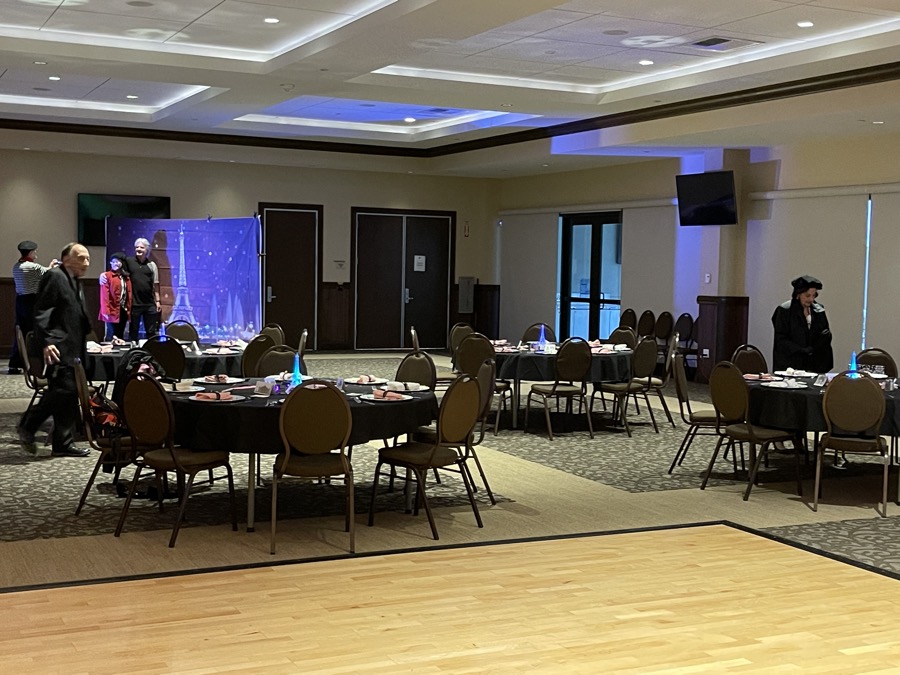
The background got a lot of use this evening.

The band gets underway and dancing starts immediately

The floor was perfect.

The berets are easiy to spot

The room is beginning to fill up

|
Page 1 - Pre-Dinner Visiting
Page 2 - Who Was Here Tonight? Page 3 - Serious Dancing Gets Underway Page 4 - Comic View Of The Evening |

|
